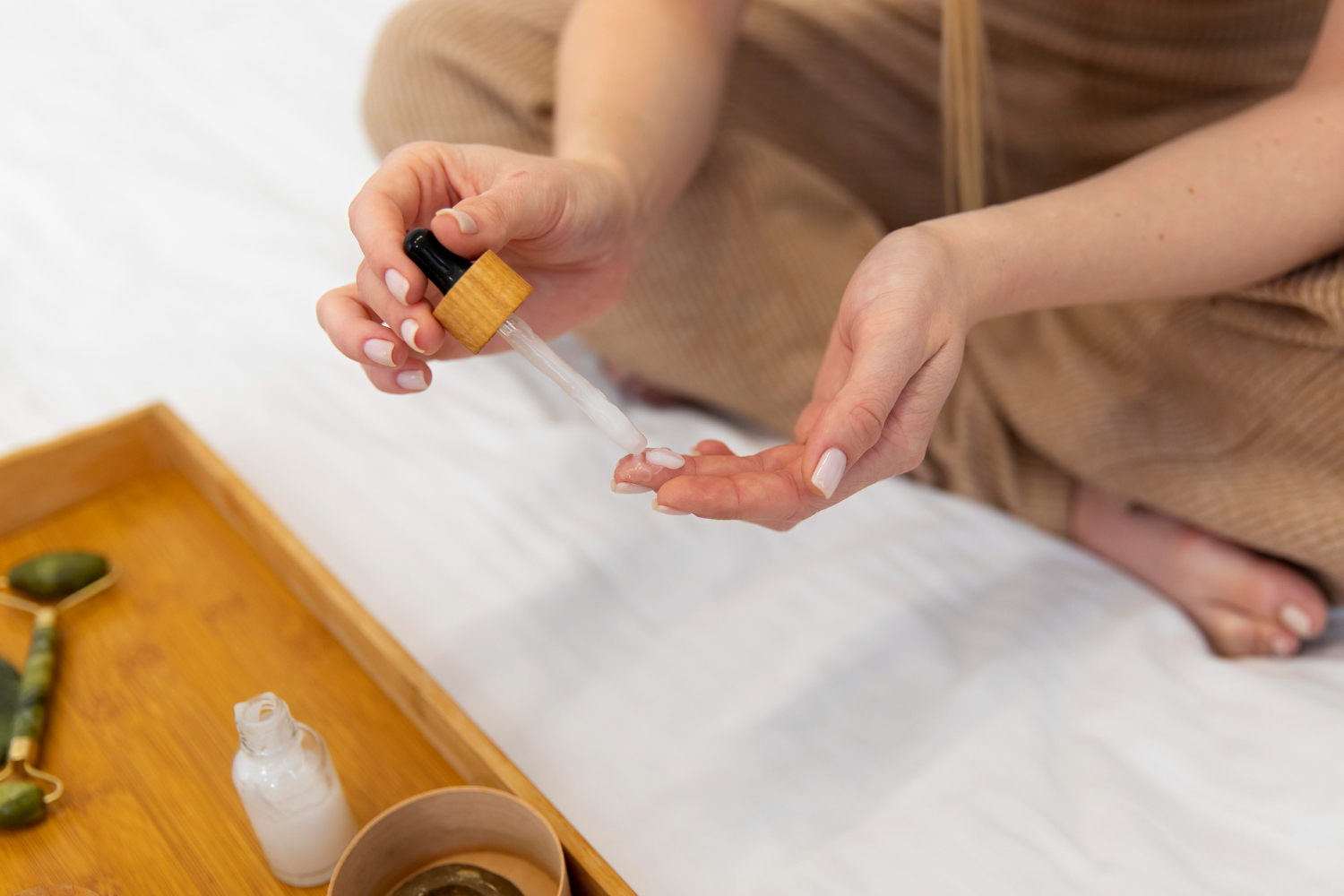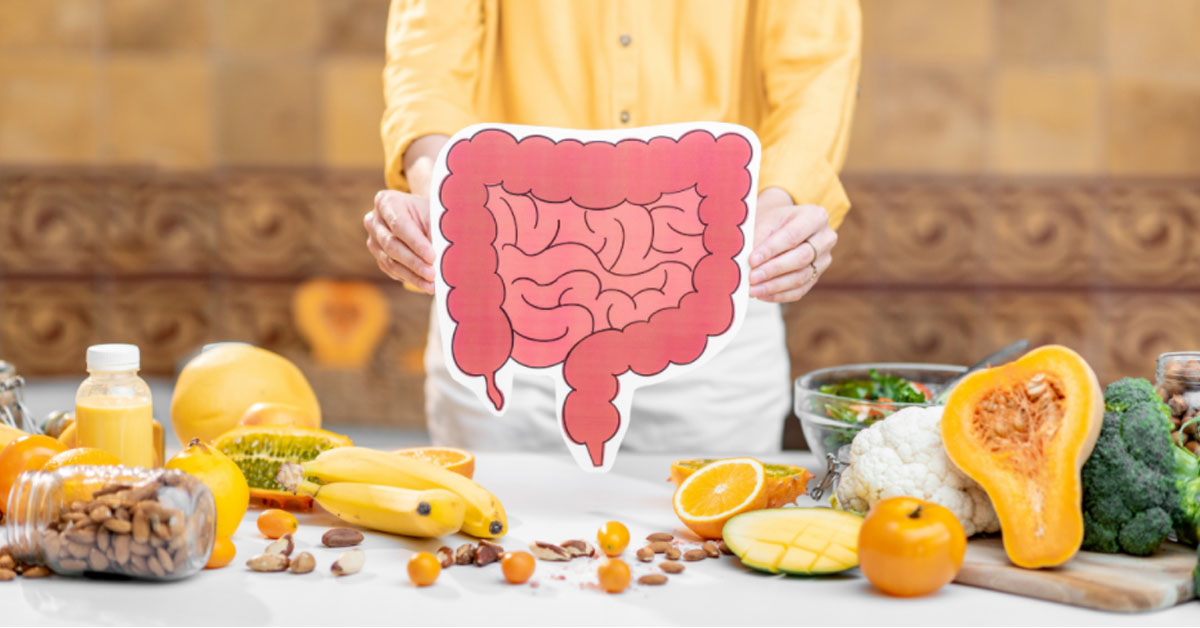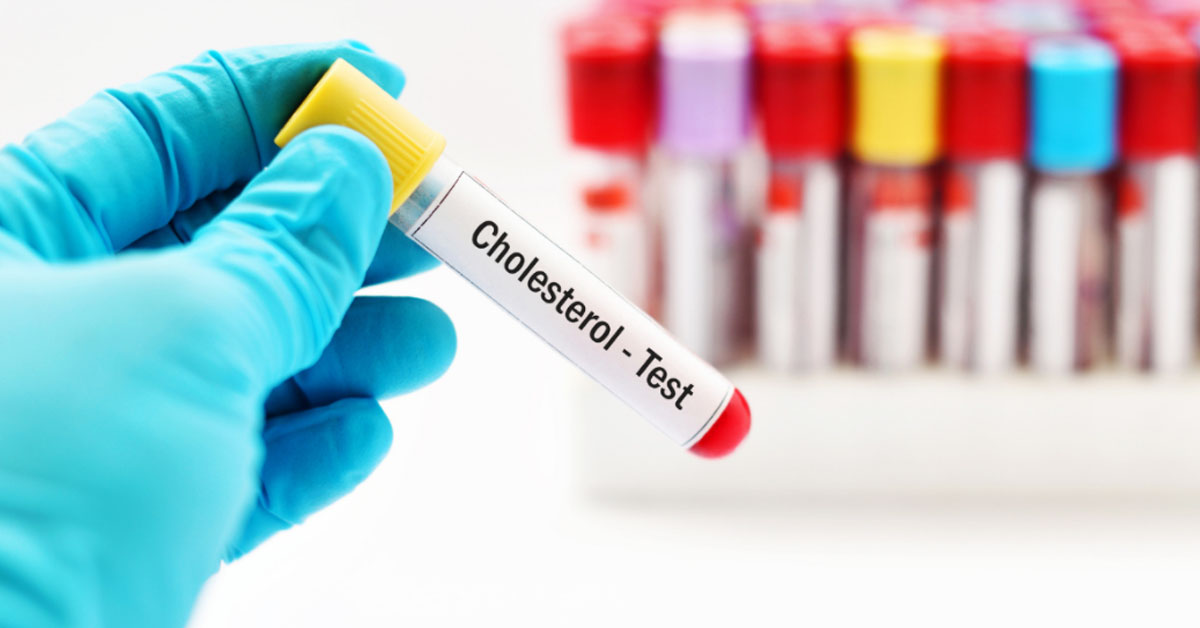

1. Introduction – Why Abhyanga Is a Timeless Healing Practice
In an age where we rely on machines to measure our wellness, Ayurveda reminds us that true healing begins with touch. Abhyanga — the Ayurvedic art of self-oiling and massage — is one of the simplest, most profound ways to maintain physical vitality and mental calm.
Rooted in the Sanskrit word “sneha”, meaning both oil and love, Abhyanga is essentially the practice of anointing oneself with love. It is far more than a massage; it is a therapeutic ritual that communicates directly with the nervous system, the skin, and the subtle layers of consciousness.
In the modern context — where stress, sleeplessness, and digital fatigue dominate — Abhyanga emerges as an antidote to imbalance. Its therapeutic potential has found renewed relevance in preventive medicine, wellness programs, and integrative healthcare.
At SriPAA Ayurveda, this ancient ritual is honored not as a luxury but as a powerful healing therapy. Guided by Dr. Mallikarjun Dambal, each Abhyanga session becomes a bridge between timeless wisdom and scientific care.
2. Key Therapeutic Benefits of Abhyanga
Relieves Stress and Anxiety
Stress is no longer just a mental state — it’s a full-body experience. When the nervous system is overstimulated, every organ feels its impact. Abhyanga activates the parasympathetic nervous system — the “rest and digest” response — counterbalancing stress hormones like cortisol.
The rhythmic strokes, combined with warm, herb-infused oil, slow the heart rate, deepen breathing, and release muscular tension. With each session, the body learns to rest in awareness rather than react in anxiety.
SriPAA’s traditional Abhyanga integrates calming herbs such as Brahmi, Jatamansi, and Ashwagandha — herbs revered for their medhya (mind-strengthening) properties. These herbs calm the mind, reduce fatigue, and create inner stability.
Improves Circulation and Detoxification
Healthy circulation is the foundation of vitality. Abhyanga stimulates the movement of rasa dhatu (body fluids) and enhances lymphatic drainage, allowing toxins (ama) to be released from the tissues.
The warm oil opens pores, nourishes skin, and supports detoxification through sweat and lymph. Regular practice keeps the body’s inner channels (srotas) clear, reducing stagnation and enhancing nutrient delivery to every cell.
SriPAA’s Ayurvedic experts often combine Abhyanga with Swedana (herbal steam therapy) for deeper purification — a technique that has proven especially effective for metabolic sluggishness and chronic fatigue.
Promotes Better Sleep
Sleep disturbances are one of the most common modern health issues. Ayurveda attributes them to Vata imbalance — excessive dryness and movement in the body-mind system.
Evening Abhyanga using calming oils such as Ksheerabala taila or Brahmi taila has been shown to improve the quality of sleep by grounding the senses and reducing neural excitability.
When practiced regularly, this simple ritual signals to the body that it’s time to unwind — making sleep deeper, longer, and more restorative. At SriPAA, many guests describe the post-Abhyanga state as “effortless silence” — the kind of relaxation that resets both body and mind.
Enhances Skin and Hair Health
In Ayurveda, the skin is seen as a reflection of inner health. When nourished with oil, it becomes radiant, elastic, and resilient. Abhyanga increases blood flow to the skin, supports collagen integrity, and reduces oxidative stress.
For the scalp, Shiro Abhyanga (head massage) using oils like Bhringraj taila enhances hair growth, reduces dandruff, and cools the mind. Over time, the entire integumentary system — skin, scalp, nails — begins to glow with vitality.
SriPAA’s formulations use cold-pressed base oils blended with classical Ayurvedic herbs, ensuring both cosmetic and therapeutic benefits.
Supports Joint and Muscle Health
The joints are natural sites of Vata accumulation. Abhyanga lubricates and nourishes these spaces, preventing stiffness and inflammation. Herbal oils such as Mahanarayana taila and Dhanwantharam taila strengthen connective tissues and support post-exercise recovery.
For individuals with arthritis, muscular tension, or sedentary lifestyles, a weekly Abhyanga can be transformative. The gentle pressure enhances flexibility, reduces pain, and restores the body’s natural rhythm of movement.
3. How Abhyanga Supports Immunity and Longevity
Ayurveda explains that health depends on ojas — the subtle essence of vitality derived from balanced digestion and restful living. Abhyanga enhances ojas by calming the mind and improving nutrient absorption through the skin.
The skin, our largest organ, is a major pathway for communication between body and environment. By massaging herbal oil daily, we strengthen this protective layer, increase warmth and circulation, and help the immune system function optimally.
Research has shown that regular massage can improve white blood cell count, reduce inflammation, and promote hormonal balance — aligning with Ayurveda’s age-old emphasis on prevention over cure.
At SriPAA Ayurveda, Abhyanga is integrated into long-term rejuvenation and immunity-building programs, often paired with Rasayana chikitsa and customized diet recommendations.
4. Who Should and Shouldn’t Practice Abhyanga
While Abhyanga is generally safe and beneficial, Ayurveda emphasizes individualized therapy — because what heals one person may imbalance another.
Recommended For:
- Individuals with Vata and Pitta imbalance (dry skin, anxiety, restlessness, irritability)
- People with chronic fatigue or insomnia
- Those exposed to stress, travel, or excessive screen time
- Elderly individuals with stiffness or joint issues
Avoid Abhyanga During:
- Fever, cold, flu, or acute illness
- Immediately after heavy meals
- Menstruation or postpartum recovery (unless prescribed)
- Severe skin conditions or open wounds
SriPAA’s approach begins with a thorough Prakriti–Vikriti analysis by an Ayurvedic physician to ensure the therapy matches the individual’s constitution, season, and health status.
5. Tips for Getting Started with Abhyanga
- Choose the Right Oil: Select an oil based on your dosha or consult an Ayurvedic expert. Sesame for Vata, Coconut for Pitta, Mustard for Kapha are the classical foundations.
- Warm the Oil Gently: Heat enhances absorption and promotes relaxation. The oil should be warm, not hot.
- Create a Calm Space: Perform the massage in a quiet environment with minimal distractions. Consider soft instrumental music or a short meditation before you begin.
- Follow the Sequence: Start from the crown of the head, move to the face, neck, shoulders, arms, chest, abdomen, and then legs. Use long strokes on limbs and circular motions on joints.
- Duration and Rest: Allow the oil to soak for at least 20–30 minutes. You may follow with a warm water bath or mild herbal cleanser.
- Frequency: For most people, daily Abhyanga in the morning is ideal. However, even 2–3 times a week can bring noticeable improvement.
- Aftercare: Stay hydrated and avoid immediate exposure to cold air after the massage. This helps retain warmth and moisture in the body.
6. Safety and Side Effects
While Abhyanga is gentle, awareness of when and how to practice ensures maximum benefit.
Temperature Considerations: Cold oil on a cold day can aggravate Vata; always use warm oil.
Frequency: Overdoing it in humid climates or during heavy Kapha conditions can cause lethargy. Adjust frequency seasonally.
Contraindications: Avoid in acute fevers, skin infections, or immediately after detox therapies (Vamana, Virechana) unless guided by an expert.
Modern Adaptations: For urban dwellers short on time, even a quick 10-minute self-Abhyanga for feet, scalp, and neck can yield profound relaxation benefits.
7. Seasonal and Dosha-Based Modifications
Ayurveda teaches that self-care should move with nature’s cycles.
- Vata Season (Autumn/Winter): Use warming oils like Sesame or Bala taila. Perform Abhyanga daily for stability.
- Pitta Season (Summer): Choose cooling oils like Coconut, Sandalwood, or Brahmi taila; practice in the evening.
- Kapha Season (Spring/Monsoon): Use stimulating oils like Mustard or Triphala taila. Include brisk strokes to energize the system.
At SriPAA, seasonal therapies are thoughtfully aligned with Ritucharya principles to help clients adapt to climate, diet, and daily rhythm.
8. SriPAA’s Therapeutic Abhyanga Programs
SriPAA Ayurveda’s Abhyanga therapies are designed as individualized healing journeys, not one-size-fits-all treatments.
Under the guidance of Dr. Mallikarjun Dambal, each session begins with a consultation that identifies your doshic imbalance, body type, and health goals. The oils are freshly prepared in-house, following traditional taila paka vidhi — a precise process where herbs are decocted into oils under gentle heat.
SriPAA’s Abhyanga Programs Include:
- Rejuvenation Abhyanga: For energy renewal, skin glow, and emotional grounding.
- Therapeutic Abhyanga: For pain management, circulation enhancement, and detox.
- Marma Abhyanga: Focused on vital energy points to harmonize prana.
- Pre-Panchakarma Snehana: Prepares the body for deep cleansing therapies.
Each program may be followed by Swedana (steam therapy), Shirodhara, or Nasya for holistic results.
Patients often describe the experience as “a conversation between oil and soul” — a deeply nurturing encounter where healing feels effortless.
9. Abhyanga in Modern Lifestyle – Integrating Tradition and Convenience
While traditional Abhyanga involves a full-body oil ritual, modern life often requires flexible adaptations. SriPAA encourages everyone to integrate mini-Abhyanga routines that fit daily schedules:
- Morning energizer: Quick 10-minute Abhyanga before shower.
- Evening unwind: Oil the feet and scalp before bedtime.
- Work break ritual: Gentle wrist and shoulder oiling during screen fatigue.
Even small, mindful gestures maintain the continuity of snehana — the loving act of caring for one’s body. When practiced consistently, these micro-rituals transform stress into serenity.
10. The SriPAA Perspective – Wisdom in Practice
At SriPAA Ayurveda, Abhyanga represents the meeting point of ancient wisdom and modern wellness science. What sets the institution apart is its commitment to authenticity — every oil, every stroke, and every consultation is rooted in the classical Ayurvedic canon, yet adapted to modern needs.
Under Dr. Mallikarjun Dambal’s direction, SriPAA has cultivated a philosophy that bridges heritage and healing. Each client is viewed not as a diagnosis, but as a dynamic being whose body, mind, and energy require personalized balance.
From the moment the warm oil touches your skin to the final moment of rest, Abhyanga at SriPAA becomes a journey — inward, restorative, and profoundly human.
11. Conclusion – Bringing Ayurveda into Everyday Living
Healing does not always require complex medicines or expensive procedures. Sometimes, it begins with something as simple as touch.
Abhyanga reminds us that the body is sacred — a vessel that deserves care, attention, and gratitude. When we anoint ourselves with oil, we are not just nourishing skin; we are honoring the life that flows within it.
In this fast-paced world, Abhyanga invites us to slow down and listen — to reconnect with the rhythm of nature, breath, and being. Whether done in a serene clinic at SriPAA Ayurveda or in the quiet of your home, this ancient therapy continues to heal, soothe, and awaken.
Book now

